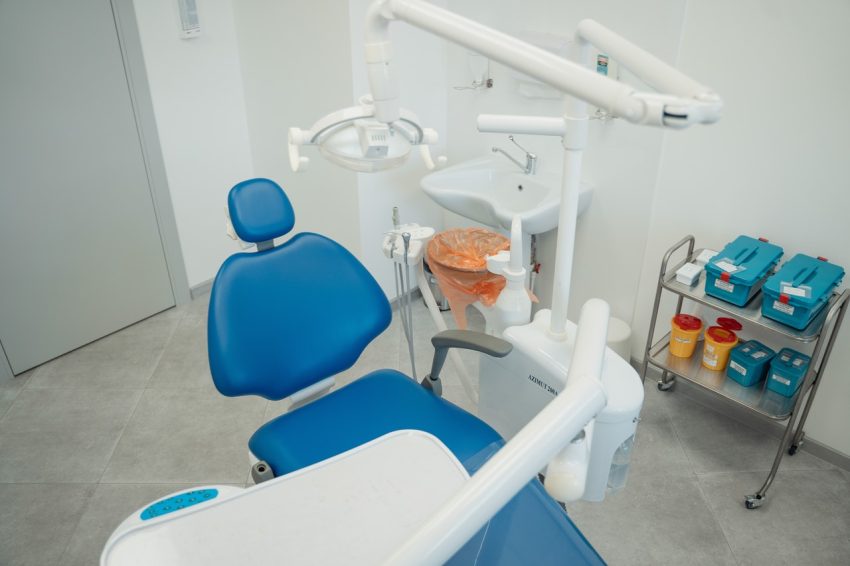Common Oral Health Problems Treated by Orthodontists

Occlusion pertains to the way your teeth fit and touch when you bite down. When your jaw is locked and your molars are aligned with one another, your top teeth will sit above your bottom teeth. It’s not usually the situation, though, because mismatched teeth can be quite evident. When teeth are not properly aligned, a condition known as malocclusion occurs. To put it simply, malocclusion is a term for the oral issues listed below.
Common Orthodontic Problems
Patients search for orthodontics Pickering care for a variety of reasons, several of which are uncomplicated, while others are more difficult. However, because numerous orthodontists see patients with similar issues, they have adequate experience treating the most prevalent orthodontic issues discovered today. These are the leading orthodontic issues most often seen in clinics.
Impacted Teeth
In this condition, a tooth fails to fully show from the gums and jawbone. Top permanent teeth are prone to become impacted, requiring orthodontic treatment to realign them into their usual arrangement. Impacted teeth can create a number of factors, including heredity, crowding, and the premature loss of a baby tooth without adequate space control. Treatments like dental implants Longueuil can cure impacted teeth.
Underbite
When the bottom teeth and jaw stick out more than the top teeth, that’s called an underbite. It’s a typical bite issue; the origin is generally genetic or inherited. A dental procedure like Invisalign Hawkesbury can improve this condition.
Overjet
When the upper and lower teeth overlap too far horizontally (front to back), this is known as an overjet and is regularly misunderstood as an overbite. Most cases of this condition can be traced back to a bone anomaly in which the top jaw protrudes more than the bottom jaw. The placement of the teeth can also contribute, perhaps because of actions like thumb-sucking or because that’s how your teeth naturally build.
Deep Bite
To have a deep bite or overbite, the upper front teeth need to overlap the lower front teeth vertically and fully. Several instances of overbite are inherited and the result of unusual jaw formulation.
Open Bite
Your top and lower teeth should not touch when you close your mouth. This is an orthodontic problem referred to as an open bite. Although the physical concern with the jaws could trigger an open bite, this condition is often the result of patient actions. An open bite is usually brought on by poor dental hygiene or behaviors like thumb sucking, finger sucking, tongue pressing, or chewing on pencil points.
Crowding
Teeth crowding is a common orthodontic concern. Teeth crowding arises when the upper and bottom jaws are not large enough to comfortably have all of a person’s teeth. Teeth that overlap each other are more difficult to preserve clean than non-overlapping teeth, which can result in unequal damage and gum problems for patients with crowded teeth.
Spacing
No spot of the mouth is insusceptible to the growth of spaces, or gaps, between the teeth. Several factors could lead to spaces between the teeth. Some could be inherited, such as when the jaw bone is too small for the patient’s teeth. If a tooth is missing or too tiny, the teeth beside it might shift, creating a gap. Bad behaviors like thumb or finger sucking or tongue pressing can also create spaces in teeth.


